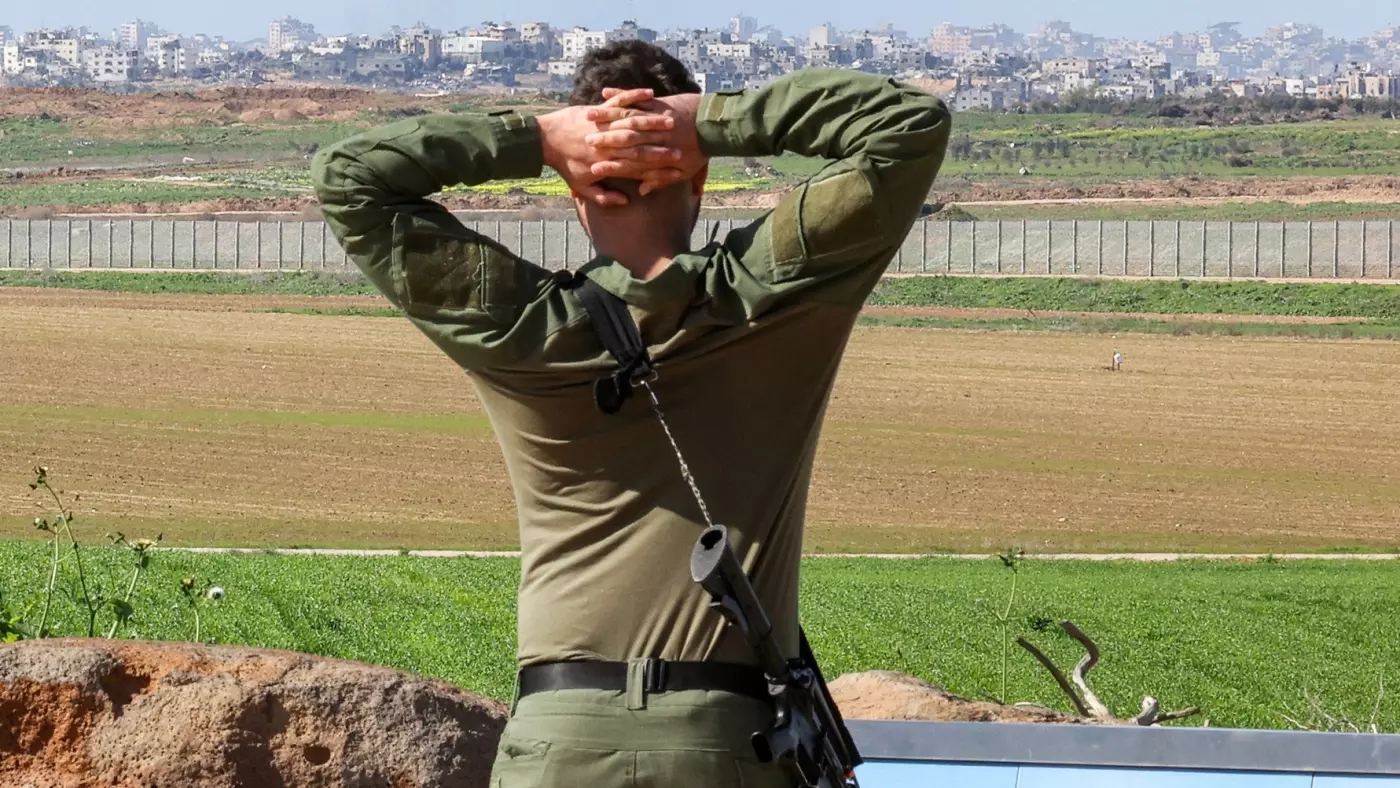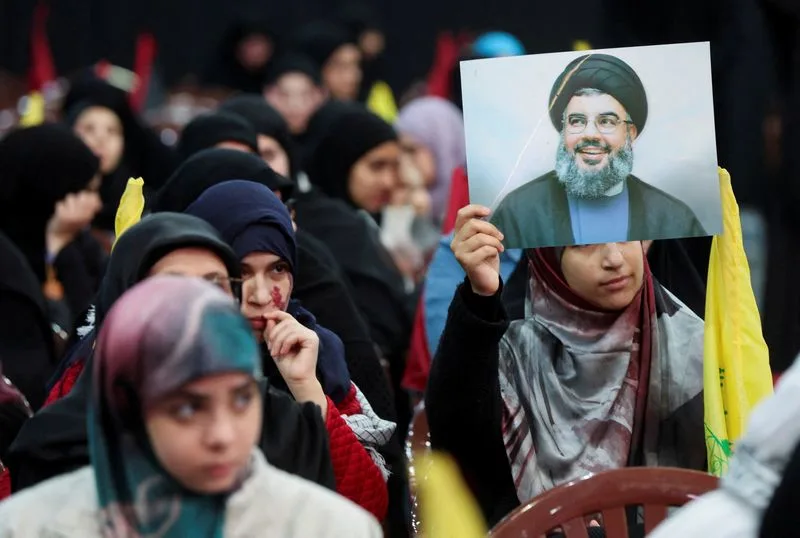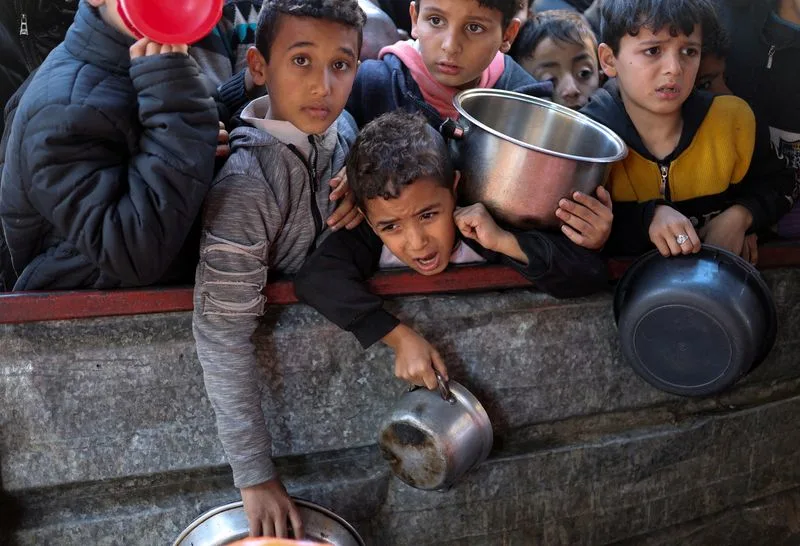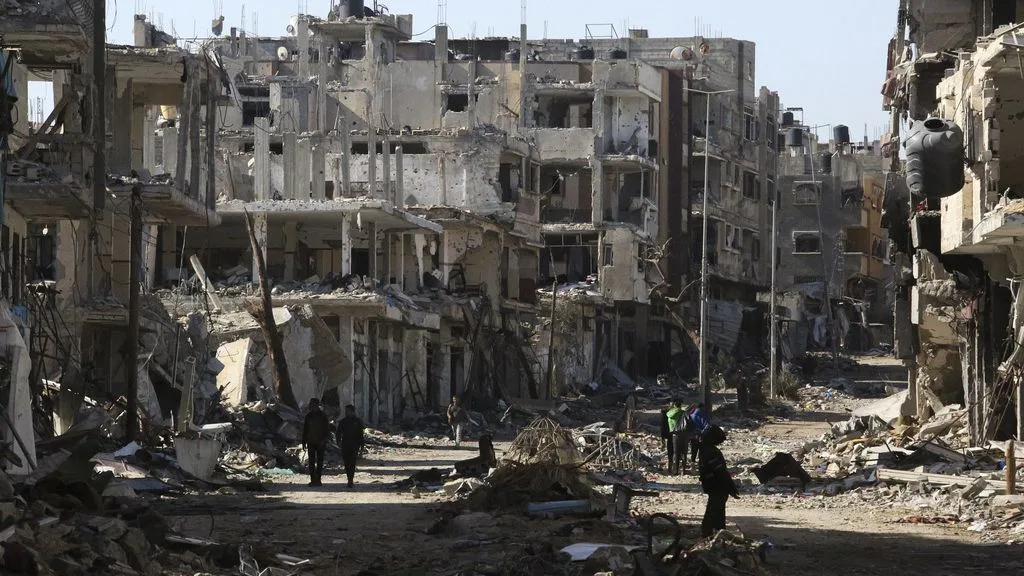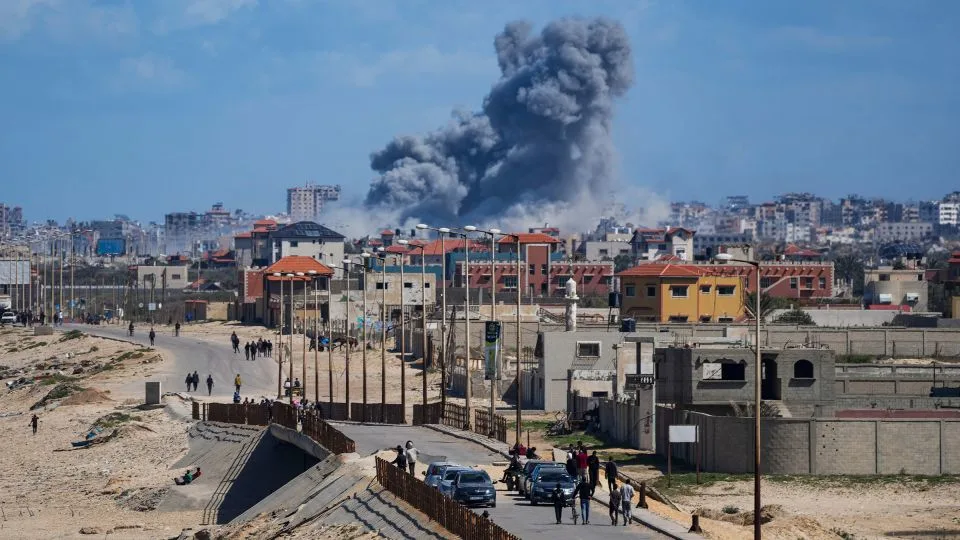The mounting death toll from Israel’s military offensive on the Gaza Strip is a concrete, daily reality for Ibrahim Ahmed: instead of building houses as he did before the war, he digs graves.
Displaced from his home, like most of Gaza’s population of 2.3 million, Ahmed spends his days at Tal Al-Sultan cemetery in the Rafah area, preparing rows of graves in the sandy terrain and marking them with cement blocks for lack of gravestones.
“As a human being who has feelings, it feels heavy to go from building villas and apartments, which I love, to building graves,” said Ahmed.
“My job was difficult, yes, but I’d go home with a sense of achievement. I made new things, every day a different building, a different decor. I went home in a good mood.”
Now, every day brings dead bodies and processions of bereaved relatives.
“I see different people but with the same faces, with the same suffering. It’s depressing,” said Ahmed.
“We have two mass graves here, nearly 80 martyrs over here, and 100 more martyrs over there.”
The war began on Oct. 7 when militants from the Islamist group Hamas, which has run Gaza since 2007, attacked southern Israel, killing 1,200 people and taking 253 hostage, according to Israeli authorities.
Vowing to destroy Hamas, Israel has responded with an air and ground assault that has laid waste to much of the Palestinian territory. Gaza’s health ministry said on Thursday the death toll had passed 30,000.
“The number keeps increasing. I wish I could stop doing this work,” said Ahmed.
With the certainty that more bodies will arrive, Ahmed and other volunteers have been preparing empty graves in long rows in advance.
“I wish this war would end so that we don’t have to build graves anymore, but instead build this country, rebuild it,” he said. (Writing by Estelle Shirbon; Editing by Nick Macfie)

